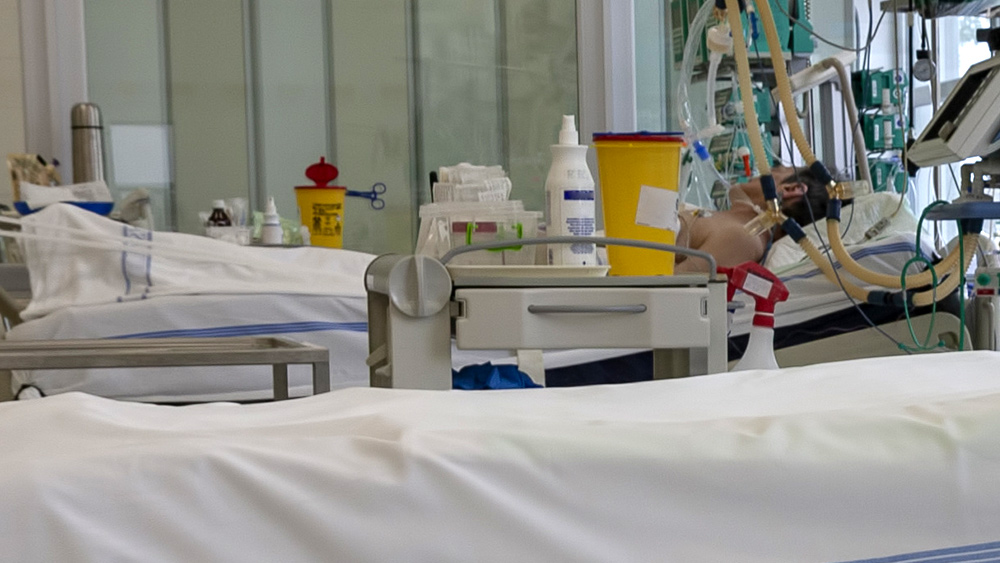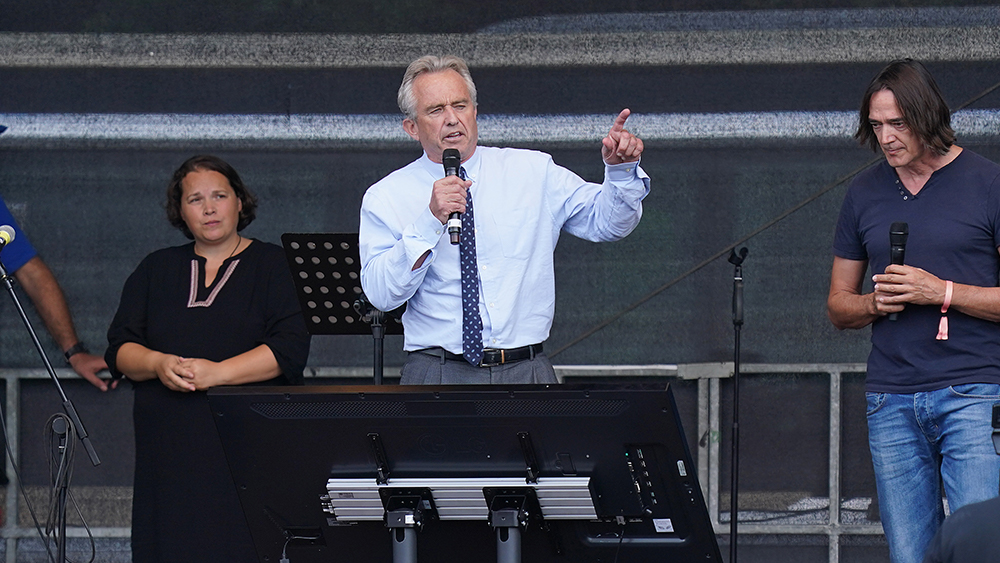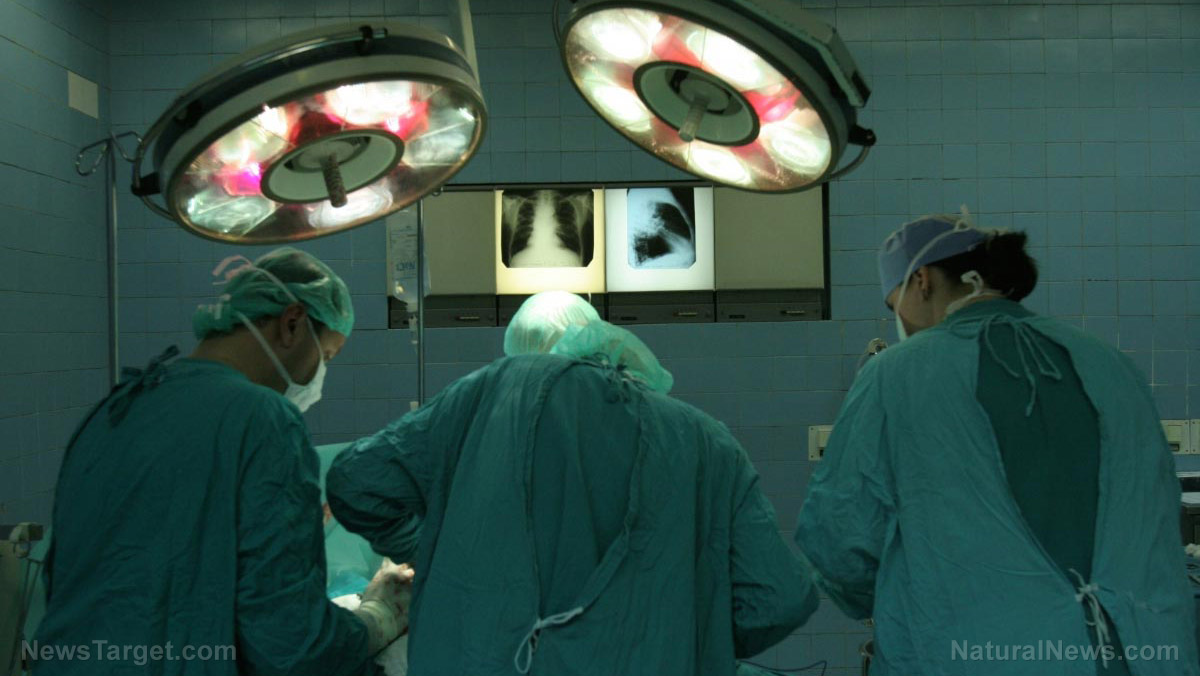
According to a May 30 India Today report, police identified the men in the video as Sanjay Kumar and Manoj Kumar. Law enforcement have filed a case against the two perpetrators following the incident. The victim was identified only as Premnath, who hailed from the town of Shohratgarh in Uttar Pradesh's Siddharthnagar district.
The chief medical officer for Balrampur city said the victim was admitted to a hospital on May 25 after testing positive for COVID-19. He died three days later on May 28 while undergoing medical treatment. The hospital handed over Premnath's body to his relatives to be cremated. But they chose to dump his corpse in the Rapti River, which flows through the city.
The corpse-dumping incident involving the Kumars followed reports of bloated bodies floating on the banks of the Ganges. Residents of Uttar Pradesh and neighboring Bihar state said they are being forced to wade through corpses of COVID-19 victims while bathing. They added that feral dogs and birds are consuming the bodies as Indian crematoriums are overwhelmed by the number of cremations to be done.
Earlier, NDTV reported on May 10 that Bihar residents saw more than 150 bodies of suspected COVID-19 victims at the city of Buxar. The same report added that dozens more were found floating downstream at the town of Chausa – near the border with Uttar Pradesh. But according to local officials, the actual number of bodies was only around 40 to 45 in all.
Buxar official KK Upadhyay told NDTV: "They are bloated and have been in the water for at least five to seven days. We are disposing of the bodies. We need to investigate where they are from." He added that the bodies may have been from three cities in Uttar Pradesh – Bahraich, Varanasi or Allahabad. "The bodies are not from here, as we don't have a tradition of disposing [them] in the river," he said.
Meanwhile, Chausa residents have feared that the bodies could transmit the Wuhan coronavirus after dogs were seen wading near them. "People are terrified of getting [COVID-19]. We have to bury the bodies," villager Narendra Kumar said.
The incident followed crematoriums in India being unable to keep up with demand
The incidents in Uttar Pradesh and Bihar occurred as India was fighting a third wave of the Wuhan coronavirus for the past month. On May 29, the country recorded 173,790 new COVID-19 cases – a respite from its previous daily case counts of more than 300,000.
But as the country's daily infections are on a downtrend, its daily death toll appears to be on the rise. According to Johns Hopkins University data, India now has a total of 28.4 million COVID-19 cases and 337,989 fatalities.
A second wave of infections crippled the South Asian nation back in March of this year. Hospitals were overwhelmed with patients – and chronic oxygen shortages only made the situation worse. Morgues and crematoriums also bore the brunt of the second wave as more and more bodies of COVID-19 victims needed cremation. (Related: Indian hospitals are running out of oxygen that's needed to keep coronavirus patients alive.)
Chief cremator Vishwanath Chaudhary spoke to the Financial Times about his experience during the second wave. He heads the Dom caste in charge of the cremation grounds in the city of Varanasi in Uttar Pradesh. Varanasi lies on the banks of the Ganges, which many Hindus consider as sacred.
He said that the influx of bodies to be cremated has made the heat unbearable, adding that as many as 100 corpses per day are being burned. The cremations have also shortages of wood to be used as fuel, prompting suppliers to increase their prices. "Our family has been traditionally involved in managing the crematoriums for generations. No one has ever seen anything like this. The situation is horrific," Chaudhary said. (Related: Coronavirus cremations in India suggest death count possibly 10 times higher.)
Visit Pandemic.news to read more stories about the COVID-19 situation in India.
Sources include:
Please contact us for more information.






















